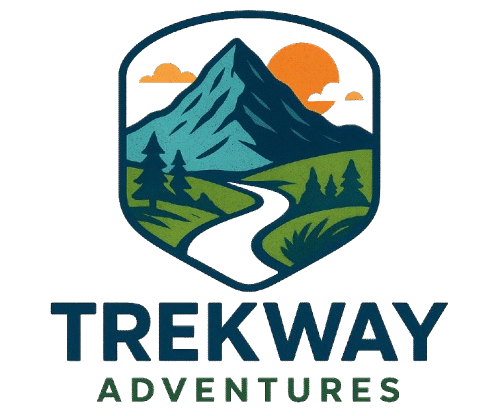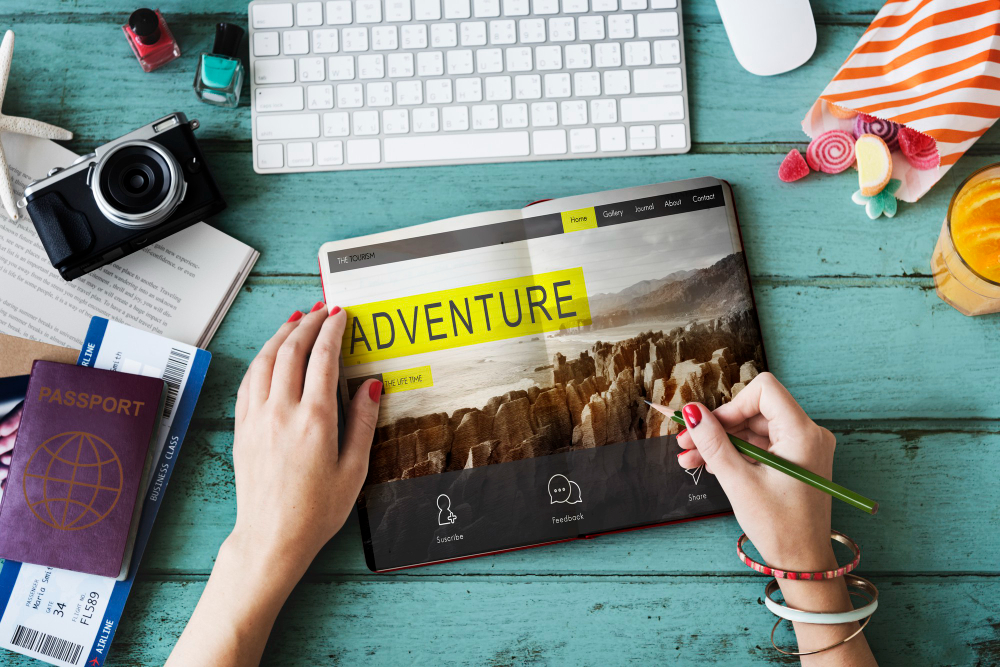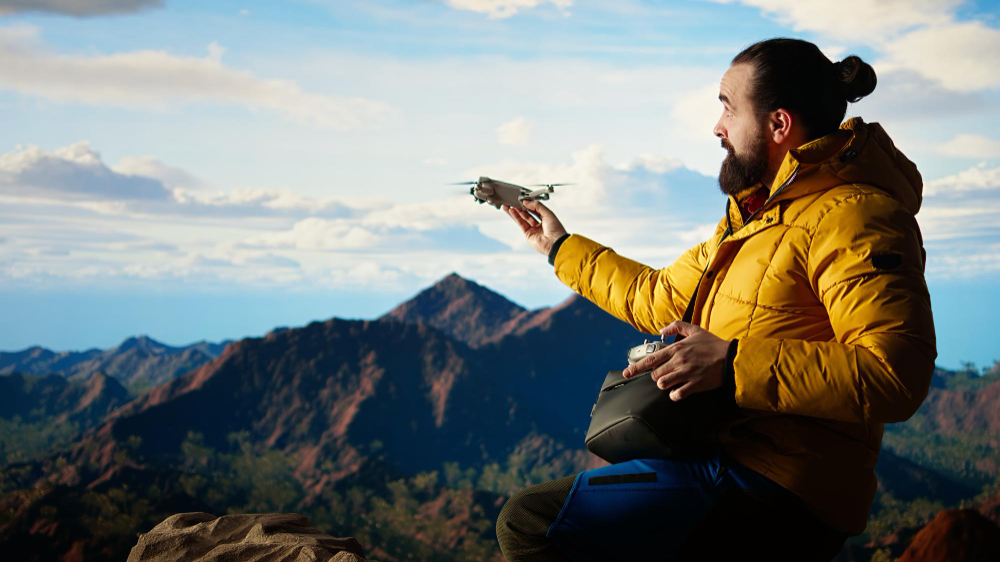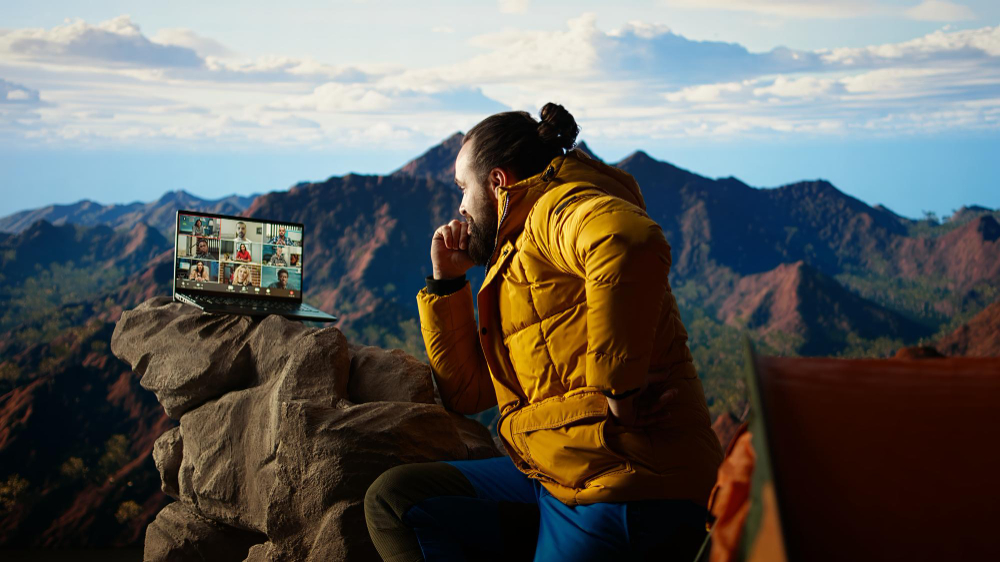👋 Welcome!
Mode Activated: 📝 Article Mode
Let’s create a fully SEO-optimized, long-form article for your keyword:
“Ultimate Beginner’s Guide to Hiking and Outdoor Adventures”
Comprehensive SEO Outline
| Heading Level | Section Title |
|---|---|
| H1 | Ultimate Beginner’s Guide to Hiking and Outdoor Adventures |
| H2 | Introduction: Embracing the Great Outdoors |
| H2 | Why Hiking is the Perfect Start for Outdoor Adventures |
| H3 | The Mental and Physical Benefits of Hiking |
| H3 | How Hiking Builds a Foundation for Other Outdoor Activities |
| H2 | Essential Gear for Beginner Hikers |
| H3 | Footwear: Choosing the Right Hiking Boots or Shoes |
| H3 | Clothing Layers: Stay Comfortable in All Weather Conditions |
| H3 | Backpacks and Must-Have Accessories |
| H2 | How to Plan Your First Hike Like a Pro |
| H3 | Picking the Right Trail for Your Skill Level |
| H3 | Understanding Terrain, Distance, and Elevation Gain |
| H3 | Checking Weather and Trail Conditions |
| H2 | Navigation Basics for Hikers |
| H3 | Reading Maps and Using GPS Devices |
| H3 | Staying on Trail and Avoiding Common Mistakes |
| H2 | Safety Tips Every Beginner Hiker Should Know |
| H3 | Hydration and Nutrition Essentials |
| H3 | First Aid and Emergency Preparedness |
| H3 | Wildlife Awareness and Trail Etiquette |
| H2 | Building Hiking Stamina and Fitness |
| H3 | Pre-Hike Workouts to Improve Endurance |
| H3 | Stretching and Recovery Tips After Hikes |
| H2 | Exploring Different Types of Outdoor Adventures |
| H3 | Day Hiking vs. Backpacking: What’s the Difference? |
| H3 | Camping, Trail Running, and Rock Climbing for Beginners |
| H3 | Joining Outdoor Communities and Local Hiking Groups |
| H2 | Sustainable Hiking: Protecting Nature as You Explore |
| H3 | Leave No Trace Principles Explained |
| H3 | How to Reduce Your Environmental Footprint Outdoors |
| H2 | FAQs About Hiking and Outdoor Adventures |
| H2 | Conclusion: Your Journey into the Wild Begins Here |
Ultimate Beginner’s Guide to Hiking and Outdoor Adventures
SEO Title: Ultimate Beginner’s Guide to Hiking and Outdoor Adventures – Start Your Journey Into Nature
Meta Description: Discover the ultimate beginner’s guide to hiking and outdoor adventures. Learn how to plan your first hike, choose the right gear, stay safe, and connect with nature responsibly.
Introduction: Embracing the Great Outdoors
In a world that’s increasingly digital, few things feel as refreshing as stepping outside and immersing yourself in nature. Hiking isn’t just about reaching a destination—it’s about rediscovering the beauty of the world around you, one step at a time.
Whether you’re a total beginner or someone looking to get back into outdoor activities, this Ultimate Beginner’s Guide to Hiking and Outdoor Adventures will help you prepare, plan, and confidently explore the trails ahead.
Why Hiking is the Perfect Start for Outdoor Adventures
The Mental and Physical Benefits of Hiking
Hiking strengthens your body, clears your mind, and boosts your mood. Research shows that regular hikes can lower stress levels, improve cardiovascular health, and even enhance creativity. Beyond fitness, hiking nurtures mindfulness—every rustle of leaves and chirp of a bird reminds you to slow down and enjoy the present.
How Hiking Builds a Foundation for Other Outdoor Activities
Once you’ve gained confidence on hiking trails, transitioning to other outdoor pursuits like camping, trail running, or mountaineering becomes much easier. Hiking teaches endurance, navigation, and adaptability—skills that are invaluable for all forms of outdoor exploration.
Essential Gear for Beginner Hikers
Footwear: Choosing the Right Hiking Boots or Shoes
Good footwear is your best investment. Choose lightweight, waterproof hiking shoes for easy trails or sturdy boots for rocky terrain. Make sure they fit snugly, and always wear moisture-wicking socks to prevent blisters.
Clothing Layers: Stay Comfortable in All Weather Conditions
Follow the layering system:
- Base Layer: Moisture-wicking fabric to keep sweat away.
- Insulating Layer: Fleece or down jacket for warmth.
- Outer Layer: Waterproof and windproof shell for protection.
Avoid cotton—it retains moisture and can make you cold.
Backpacks and Must-Have Accessories
Opt for a comfortable daypack (20–30L) with padded straps. Essential items include:
- Reusable water bottle or hydration pack
- Snacks (nuts, protein bars, fruit)
- Sunscreen, hat, and sunglasses
- Map, compass, or GPS device
- First aid kit and headlamp
How to Plan Your First Hike Like a Pro
Picking the Right Trail for Your Skill Level
Start small. Choose trails that are 3–5 miles long with moderate elevation gain. Apps like AllTrails or Gaia GPS can help you find beginner-friendly routes near you.
Understanding Terrain, Distance, and Elevation Gain
A 5-mile hike on flat terrain is very different from a 5-mile mountain trail. Always check the elevation gain—500 to 1,000 feet is ideal for beginners.
Checking Weather and Trail Conditions
Before heading out, look up local forecasts and park alerts. Avoid hiking during thunderstorms or heavy rain, especially on steep trails where footing becomes slippery.
Navigation Basics for Hikers
Reading Maps and Using GPS Devices
Learn to read topographic maps—understanding contour lines can help you predict uphill or downhill sections. Always carry a paper map and compass as backups, even if you’re using GPS.
Staying on Trail and Avoiding Common Mistakes
Stick to marked trails to avoid damaging ecosystems or getting lost. If you feel disoriented, stop, breathe, and retrace your steps—don’t wander off in random directions.
Safety Tips Every Beginner Hiker Should Know
Hydration and Nutrition Essentials
Drink small amounts frequently rather than chugging water. Eat protein-rich snacks to maintain energy levels.
First Aid and Emergency Preparedness
Always pack a basic first aid kit with bandages, antiseptic wipes, and pain relievers. Let someone know your hiking plans and expected return time.
Wildlife Awareness and Trail Etiquette
Respect wildlife from a distance. Don’t feed animals, and keep noise levels low. Uphill hikers generally have the right of way—step aside courteously when needed.
Building Hiking Stamina and Fitness
Pre-Hike Workouts to Improve Endurance
Practice stair climbs, squats, and brisk walking. Cardio workouts 3–4 times per week can greatly improve your endurance on the trail.
Stretching and Recovery Tips After Hikes
After each hike, stretch your calves, hamstrings, and hips. Hydrate well and get adequate sleep to recover faster for your next adventure.
Exploring Different Types of Outdoor Adventures
Day Hiking vs. Backpacking: What’s the Difference?
Day hiking involves short, single-day trips, while backpacking includes overnight stays in the wilderness. Start with day hikes to build your confidence before moving on to multi-day treks.
Camping, Trail Running, and Rock Climbing for Beginners
Once you’re comfortable hiking, try weekend camping trips, light trail running, or guided rock climbing sessions. Each adds a new layer of excitement to your outdoor lifestyle.
Joining Outdoor Communities and Local Hiking Groups
Joining hiking clubs or online groups helps you stay motivated, learn new routes, and meet fellow adventurers. Community hikes are also safer for beginners.
Sustainable Hiking: Protecting Nature as You Explore
Leave No Trace Principles Explained
The Leave No Trace (LNT) guidelines help preserve natural spaces:
- Plan ahead and prepare.
- Travel and camp on durable surfaces.
- Dispose of waste properly.
- Leave what you find.
- Minimize campfire impact.
- Respect wildlife.
- Be considerate of others.
How to Reduce Your Environmental Footprint Outdoors
Use refillable bottles, avoid plastic packaging, and support eco-friendly brands. Simple actions create lasting positive impacts on the planet.
FAQs About Hiking and Outdoor Adventures
Q1. What’s the best time of year to start hiking?
Spring and autumn are ideal for most regions due to moderate temperatures and stable weather.
Q2. Can I hike alone as a beginner?
Yes, but start with short, well-marked trails and inform someone of your plans.
Q3. How should I train for longer hikes?
Increase your distance gradually each week and add some weight to your backpack to simulate real conditions.
Q4. What are the must-have apps for hikers?
AllTrails, Gaia GPS, and PeakFinder are excellent for tracking routes and identifying landmarks.
Q5. What should I do if I encounter wildlife?
Stay calm, back away slowly, and never run or feed animals.
Q6. How do I choose the best hiking backpack?
Select one that fits your torso length, has padded straps, and offers adjustable support around your hips and shoulders.
Conclusion: Your Journey into the Wild Begins Here
The world’s most breathtaking experiences begin with a single step on a trail. Hiking empowers you to reconnect with nature, build resilience, and find peace in simplicity. Whether you’re walking through local woods or climbing your first mountain, remember—adventure doesn’t require experience, only curiosity.
So lace up your boots, take a deep breath, and let the wilderness welcome you home. 🌿
External Source:
For more expert hiking tips, visit REI’s Hiking Basics Guide.










